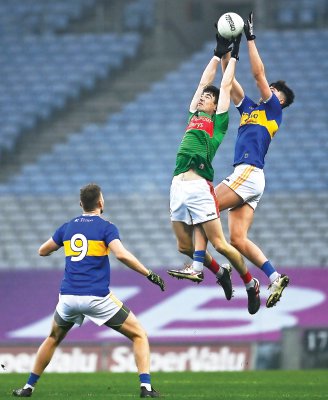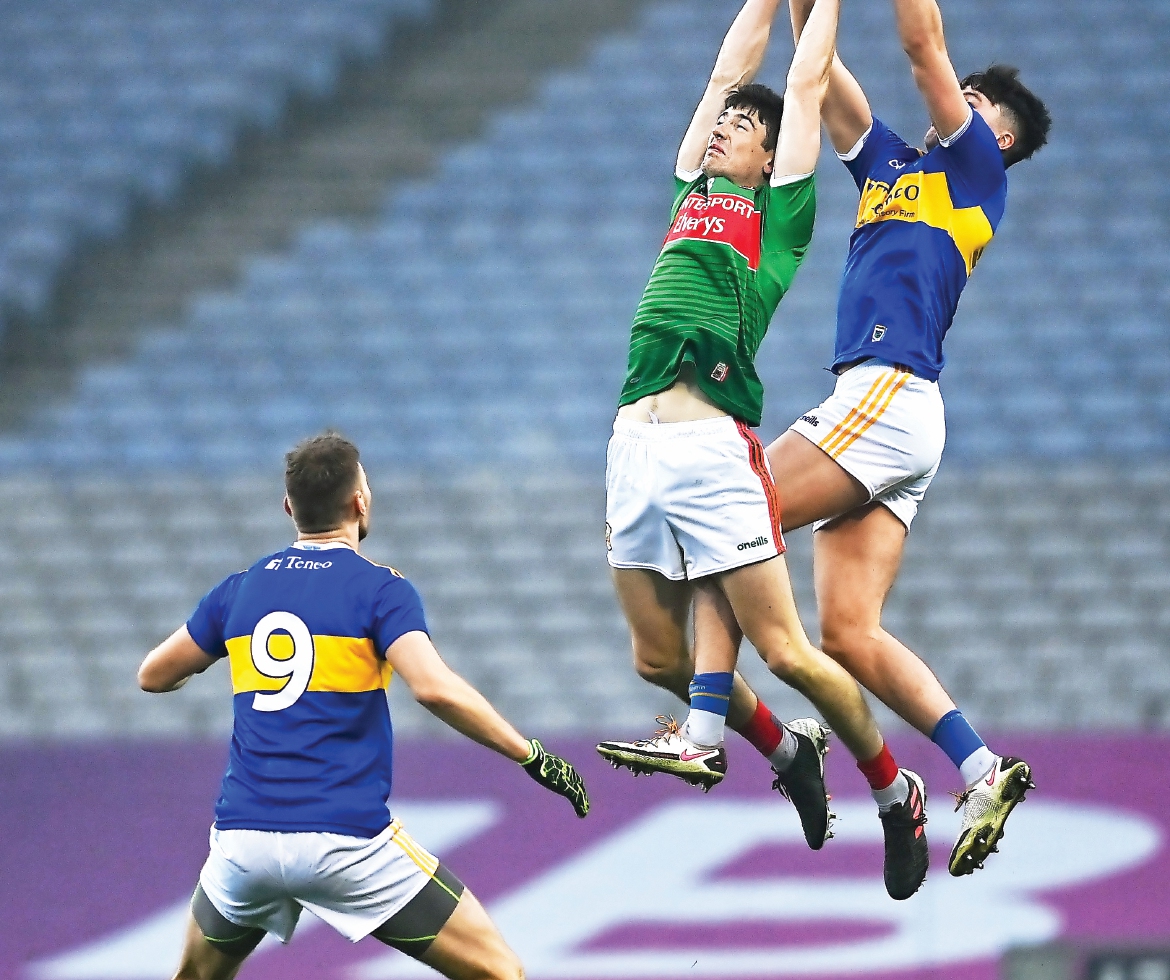- WHEN the crowds return in 2021, you won’t be at a county or club match without hearing someone in the crowed yelling “for f**k’s sake, push up on the kick-outs”. It is right up there with ”just kick the thing in.”
- This is more often than not directed at the home team manager. A seemingly somewhat simple instruction but it is far from that in the modern game. In a golden age of possession, the kick-out is indeed king. Most statisticians will often have this as their number one Key Performance Indicator (KPI).
- I firmly believe that Gaelic, like most sports, is a simple game complicated by fools, but when we delve deeper into the kick-out conundrum it’s anything but straight-forward. In assessing options we will adopt the premise that there are three main ways of approaching the opposition kick-out. One is a full press, two is dropping off and three is zonally positioning your players
- Firstly, as a manager, you have to ask yourself two questions. One, what do I want to achieve on opposition kick outs? Two, what tools are available to me?
- As an example I once won a game with 33 percent of the overall kick-outs and lost a match with 60 percent. In the first example I had no fielders whereas in the second game I did. Whilst this may not statistically be the norm, there are more instances of this filtering into our game.
- The mark was introduced to bring back the art of fielding and as a reward for those teams that had this strength. I would agree that this has been a success, though I think it has brought up an unintended consequence.
- Firstly, there is no greater sight than a Brian Fenton or a Michael Murphy rising like a salmon and plucking a kick-out from the air whilst players underneath look, with open mouths, at that Kodak moment. This rule change was introduced to encourage a grassroots return to rediscovering the art of the high catch, and perhaps this will be the long-term result. However, in a result-driven business with a win-at-all-cost culture, this is increasingly not the case. Rather than working on this skill managers will often say: “If I haven’t got the tools to challenge in the air then I’ll not compete.”
- Consider a scenario where a team has no natural fielders and are playing a team with two sky-scrapers in the middle. It’s reasonable to assume that a full press on opposition kick-outs will result in your midfield getting out caught. So, not only have you lost possession but, since you went full court, you are now one-on-one at the back, giving them the opportunity for a quick delivery into their inside forwards.
- In such a scenario it makes much more sense to completely drop off the kick-outs with two objectives. The first is that the opposition may go short as the ball is on and, secondly, you can flood the midfield to try and crowd out the giants and maybe win the dirty ball. If you lose it then at least you have men back to cover the quick ball in.
- Of course the flip side of this is if the men free to receive the short kick-out are competent ballers then they can quickly run the ball at you and create overlaps. Furthermore, if you go full press and win an opposition kick-out you are perfectly set up to work a score.
- Zonal positioning effectively attempts to stop fielders getting a ball into space for a kick-out by positioning bodies in key areas. This can be effective as often a goalkeeper will see opposition standing where he or she wants to kick it and will go short instead. This strategy breaks down when a player gets a run on his man to catch the ball as he wasn’t being marked, or a second player makes a run into the zone unmarked.
- I do not believe there is a perfect answer to this, only an answer that best suits your team. In the modern game, the risk and reward will always be weighted towards results rather than any personal ideologies on the merits of a particular kick-out strategy.
- If you consistently press or drop off, the opposition ’keeper becomes comfortable as you’ve asked him or her no questions. If you have a mixed approach of sometimes pressing, sometimes dropping off and sometimes positioning players zonally, then you keep the goalie honest.
- Teams have to be well drilled in this or they can often confuse themselves. It is of paramount importance that teams are well coached in the mixed approach.
- The major caveat to a particular strategy that is often over looked is the weather. If, for example, you have coached a drop-off approach and there is a gale force wind with you in the first half then you will gain no advantage. A well-coached team will quickly identify the benefits of pressing up with the wind advantage and reverting to dropping off in the second half if the wind is against you.
- So, perhaps the next time you feel the need to shout for a team to “press up on the f**king kick-outs” at us poor coaches, please spare a thought for the complexities involved in a seemingly simple process and maybe shout it anyway, minus the swear word.

PICK YOUR POISON…Your kick-out strategy will depend a lot on what you have













